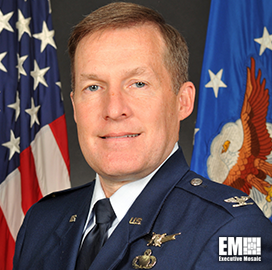Software company VMware has partnered with the National Science Foundation (NSF) to fund research projects that will explore environmental sustainability methods and tools for digital information technology systems.
Two teams will receive up to $6 million in total grants from the NSF-VMware Partnership on Next Generation of Sustainable Digital Infrastructure to explore carbon footprint reduction approaches in public, private and hybrid computing over a three-year period, the company said Thursday.
The University of Massachusetts Amherst, the Worcester Polytechnic Institute and the California Institute of Technology will collaborate on the “A Sustainable and Reliable Carbon-Centric Cloud-Edge Software Infrastructure" project.
The University of Washington will work with the Massachusetts Institute of Technology, University of Michigan and Columbia University to conduct the “Foundations of Clean and Balanced Data Centers" research.
VMware added it will provide $500,000 to support a third study, themed “Carbon-Emissions Information Service for Sustainable Cloud Operation.” The company expects combined work from all three programs to introduce environmentally focused practices to operate public, private and hybrid cloud computing platforms.
Greg Lavender, chief technology officer of VMware, said the university teams will look to reduce carbon emissions from IT and data center assets.
"Through research catalyzed by this program, we hope to better understand how the carbon footprint of our digital infrastructure can be reduced," said Gurdip Singh, a division director in NSF's computer and information science and engineering directorate.
The partnership comes as the software company implements its decade-long commitment to helping increase environmental sustainability and resilience by 2030.







